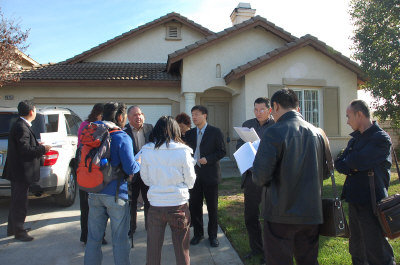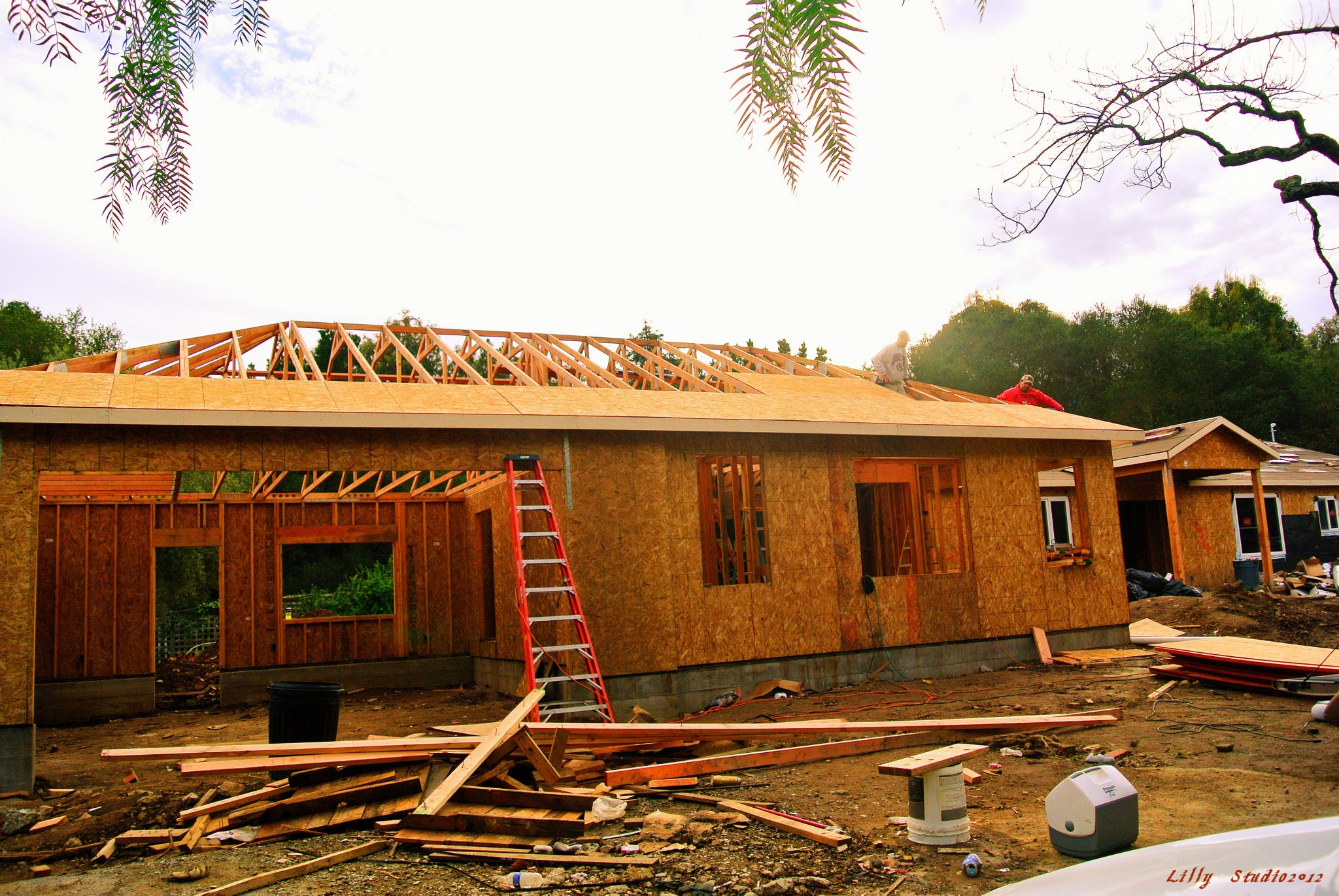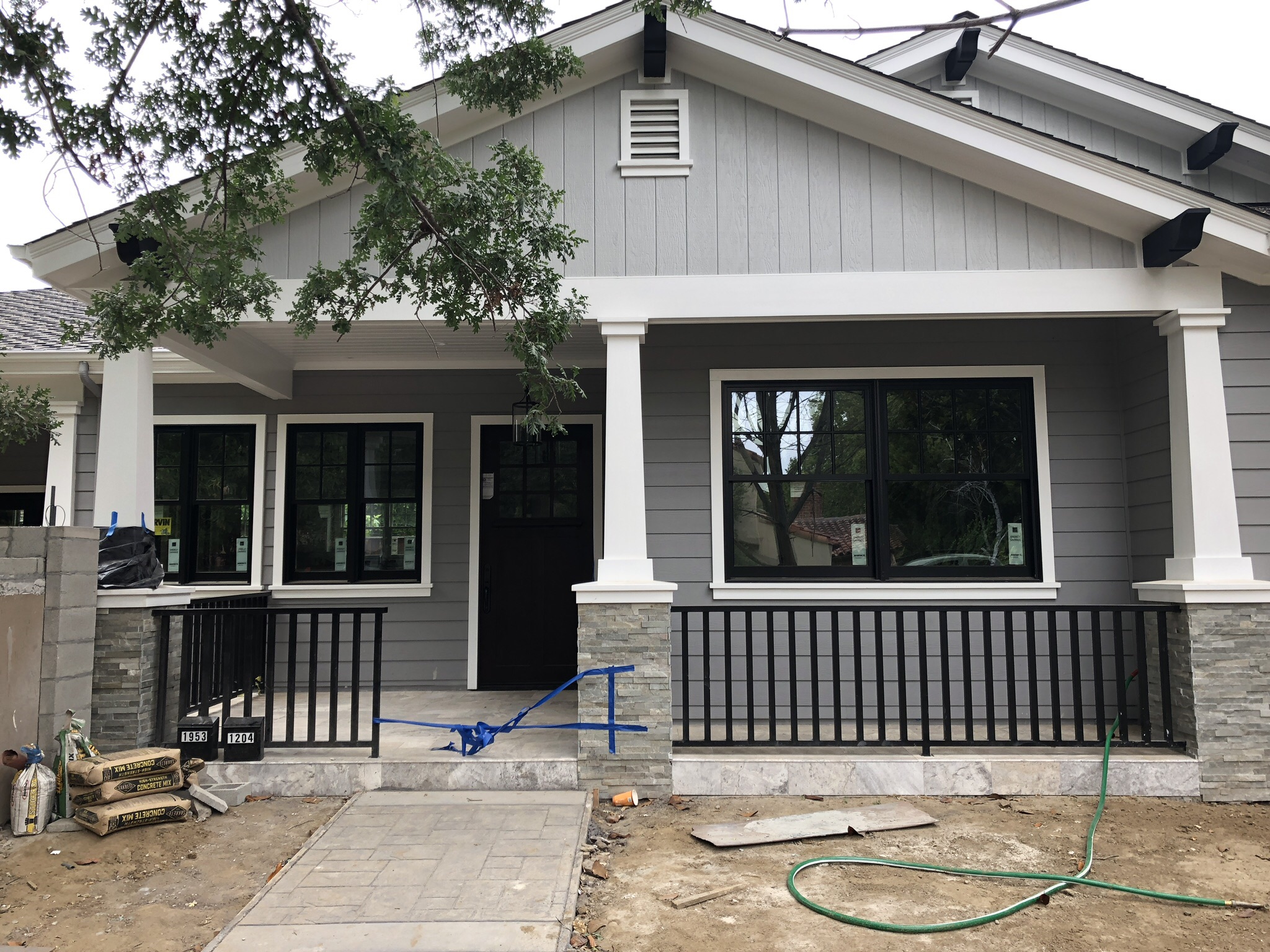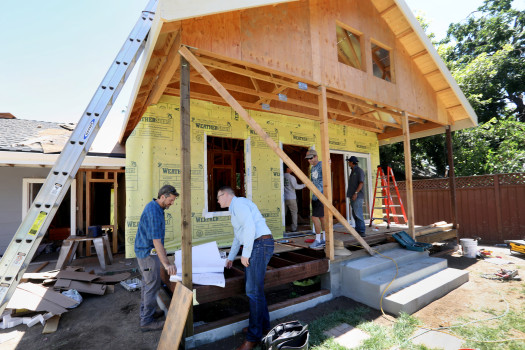
Speculative real estate developers have been criticized for building kennels and tomorrow’s slums, often blamed by urban planners and the public. But the gates of the state government always seem to be open to developers and their lobbyists. Due to the contribution of housing construction to the economic bottom line and the need for housing with superior location, it is difficult for politicians to refuse to develop the industry’s requirements for concessions. The new supply is also seen as a solution to the decline in housing affordability.
However, classical economic theory is too simple for housing supply. Conversely, a branch of game theory – market design – not only provides a deeper understanding of the supply of apartments, but also addresses price, design and quality issues. Recent research shows that the most significant risk in residential development is settlement risk – when buyers are unable to proceed with the purchase despite the pre-sale contract. At the time of settlement, the developer only used up all the project funds, but only saw the evaporation of the forecasted income. Although new buyers can be found, this process may reduce the profitability of the project. With the exposure of the global financial crisis, if real estate prices fall, buyers tend to move around.
This settlement problem reflects the weakness of the legal mechanism (pre-sale contract) and the lack of incentives for authenticity. The second issue is looking for the buyer’s search cost. The developer’s pre-sales cost is about 10% of the project cost, not the financing cost. This is where the market design comes into play.

Matching buyers and sellers

Market design believes that individuals will cooperate in areas where they have an advantage. This is the premise of the “sharing economy.” Many innovations in the shared economy also reflect another insight into market design. Markets can be built in different ways to serve different purposes. What we are interested in here is the two-way matching market, which is the universal design of e-commerce. The buyer gathers on one side of the market and the seller gathers on one side of the market. Think about Airbnb or Uber. Gathering potential apartment buyers will solve the problem of seeking pre-sales: from looking for needles in the haystack to throwing fish into the bucket.
Both buyers and developers must be registered participants, and the marketing manager will be responsible for recruiting participants and providing development opportunities for buyers. Pre-identifying buyers can avoid many pre-sale costs and search times. In addition, there may be real-time communications and customer segmentation, which allows developers to consider the preferences that buyers actually express. Expanding the range of apartment products and reducing costs should make the apartment more attractive to residents, thereby reducing the risk of settlement. It can be said that there are more owners and fewer investors.

Keep the developer’s sincerity

However, as a financier (agreeing to be interviewed but not named) correctly pointed out, the developer can be expected to save money. Housing development is an oligopoly, so a competitive means is needed to put pressure on prices. Who is better than the consumers themselves? The DIY apartment developer, which we call the “deliberation” developer, now accounts for 10% of all new homes in Berlin and has already taken off in Europe. Negotiated developers can save about 25% to 30% of the cost and get the type and quality of the product they want. Tight funding means that Australia’s deliberative development has always been an effective tool, but support from, for example, influential investors will enable ordinary families to access this self-help program.
However, further changes are needed. Planning options need to impose density limits (in the form of height limits, floor area ratios or bedroom quotas) in urban areas where housing demand and land value are high to discourage speculation and reduce risk by creating certainty.

Establish a model that encourages owners to live

Existing development models rely on investors who increase the value of the venue and are suitable for short-term rental income and long-term capital gains (with the encouragement of tax incentives). Then, as landowners’ expectations for future returns increase, the price of land near the redevelopment site will rise. This is a vicious circle in which developers try to compensate for these higher prices by increasing housing yields, reducing apartment size and reducing comfort, and further alienation will allow owners to take over the market. However, there is a need to offset the over-development of larger fill fields by allowing “ash field” sub-intensification. By summarizing existing housing lots to achieve regional regeneration, an appropriate increase in height and density will allow for better use of airspace, providing a housing design that optimizes land use while maintaining comfort.
Redesigning the market and supporting intentional development is the key to getting quality, affordable apartments.

Ten most common housing problems

- Surface classification / improper drainage
This is by far the most common problem, with 35.8% of survey respondents saying. It is responsible for the most common family diseases, including water seepage in basements and underground spaces. - Improper electrical wiring
A large number (19.9%) chose this item as the most common household defect, including inadequate power service to the house, inadequate overload protection, and amateur wiring and often dangerous wiring. - Roof damage
Although only 8.5% of respondents consider this to be the most common problem, inspectors believe that roof leakage caused by old or damaged shingles or improper flash is a common problem. - Heating system
Such problems include damage or malfunction of the operating controls, blockage of the chimney and unsafe handling of the exhaust gases. - Overall poor maintenance
Even novice buyers are often aware of this, such as cracking, flaking and dirt, paint surfaces, masonry, temporary wiring and plumbing, and signs of damage to fixtures and equipment. - Structurally related issues
Due to problems with one or more of the other categories, many houses have caused damage to structural components such as foundation walls, floor joists, r-s, and heads of door and window heads.Plumbing
Although not ranked as the number one issue by respondents, pipeline defects remain high in the housing problems encountered, including the presence of outdated and incompatible piping materials, as well as fixtures and waste lines. - Appearance
The shackles outside the house, including windows, doors and wall surfaces, are the cause of water and air penetration, but rarely have structural significance. Blockage and/or lack of weather strips are the most common culprit. - Poor ventilation
Perhaps due to excessive energy-saving efforts, many homeowners have over-sealed the house, causing excessive humidity in the room. This can lead to decay and premature failure of structural and non-structural elements. - Miscellaneous
This category consists primarily of internal components, which are usually cosmetics in nature, and the frequency found in our survey is not sufficient to rank separately.
It is worth reminding that:
(a) It is important that at least four of the ten problem categories are directly related to the destructive effects of water. Therefore, it is clear that after building the house (presumably in a well-structured manner), it is the most important and ongoing challenge for the homeowner to keep the water out.
(b) It should be clearly understood that statistics relating to electrical and plumbing issues, especially those related to the roof, vary greatly depending on the regional climate and building regulations, so the list is average value.

(c) In addition, the age of the house also plays an important role in these findings. In older urban homes, problems found (such as heating system failures, inadequate power service and pipeline wear) occur at a much higher frequency than reflected in this survey.
(d) The percentage of survey responses is given only for the first three categories because they are so high and statistically significant. Projects 4 through 10 are significantly lower than the top three and vary by region.

Https://theconversation.com/an-uber-for-apartments-could-solve-some-common-housing-problems-44185
